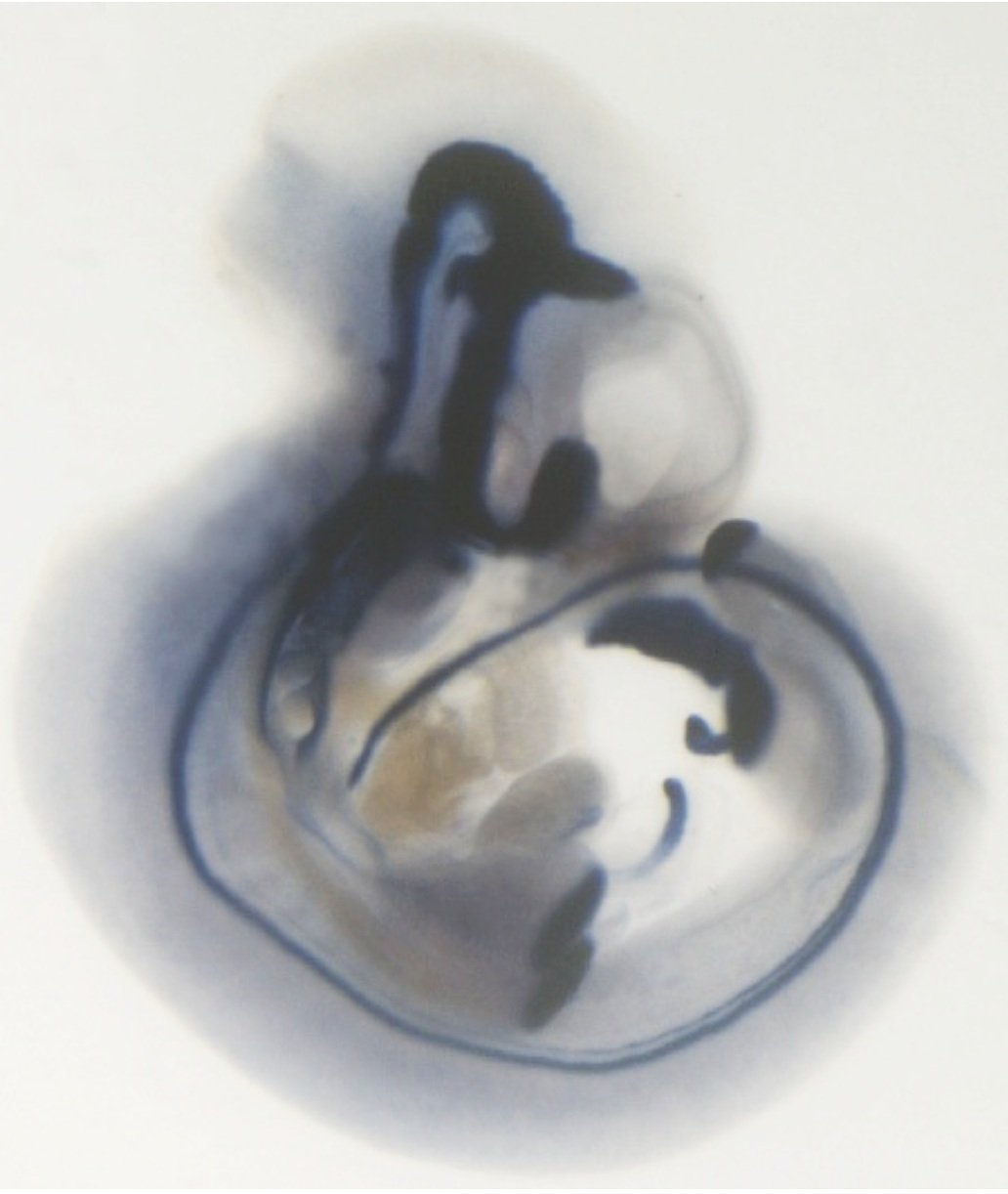
Department of Genetics
Perelman School of Medicine
University of Pennsylvania
Research in the Epstein lab focuses on two major themes: gene regulation during brain development and the genetic basis of auditory function.
We use mouse models to study mechanisms of human congenital disorders including brain malformations and hearing loss.
How is Sonic hedgehog expression regulated during brain development?
The Sonic hedgehog (Shh) gene is regulated by a well-characterized set of brain enhancers with essential roles in neurodevelopment. We use Shh enhancer knockout mouse models to:
Study the mechanisms of enhancer redundancy and 3D folding dynamics of the locus in the developing brain
Elucidate thalamic development and function
Decipher neural circuits underlying abnormal motor and sensory information processing that occur in neurodevelopmental disorders
What is the genetic basis of child and adult-onset hearing loss?
Hearing loss is the most prevalent sensory deficit in humans. Approximately half of all cases of early onset hearing loss in developed countries have a genetic etiology, with single gene mutations in over 100 different loci identified so far. Despite this progress, the cause of inherited sensorineural hearing loss (SNHL) still remains uncertain in many cases. Remarkably, SNHL is even more common in adults, yet we know much less about the genetic architecture of hearing loss in the adult population. We interrogate the genetic basis of hearing loss:
By leveraging whole exomes linked to electronic health records in the Penn Medicine Biobank
As a multidisciplinary team with the Penn Center for Adult Onset Hearing Loss
By generating mouse models of congenital and adult onset hearing loss; characterizing inner ear phenotypes; and designing novel treatment options

